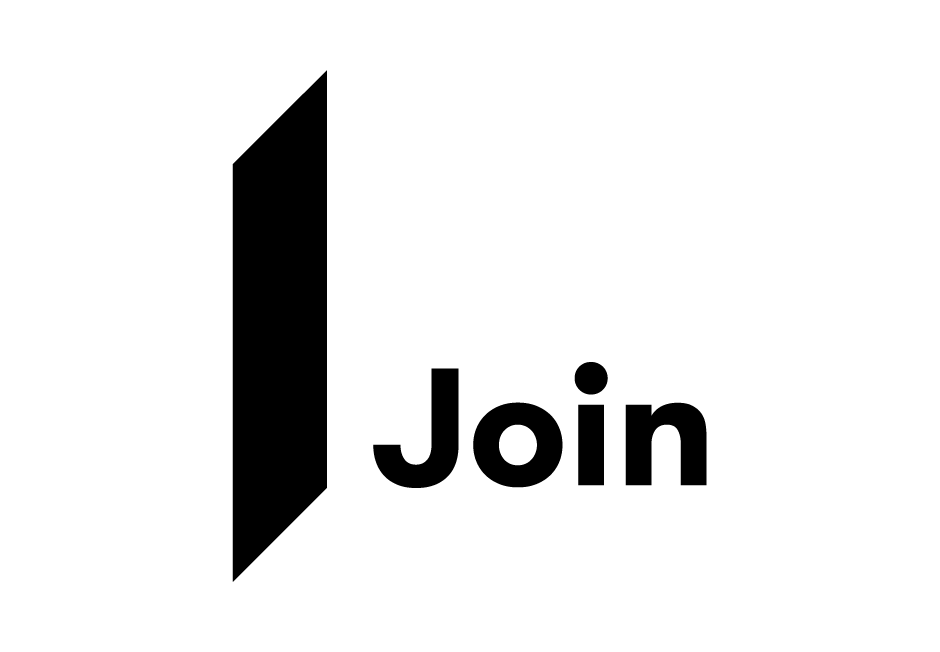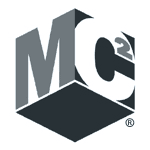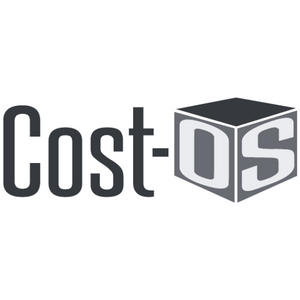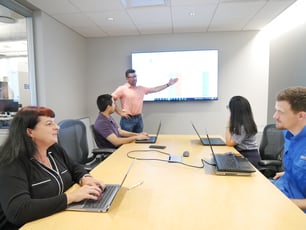Change Management Strategy for Onboarding a New Estimating Software

Implementing new construction estimating software is essential for firms aiming to enhance efficiency, accuracy, and competitiveness. However, the initiative’s success hinges on technological upgrades and the robustness of the change management strategy. Let’s discuss how a well-structured approach ensures seamless software integration into existing workflows, addresses potential resistance, and aligns the team with the organization's strategic objectives.
Understanding Change Management in Software Implementation
Change management is the systematic approach to transitioning or transforming an organization's goals, processes, or technologies. The objective is to implement strategies for affecting and controlling change and helping people adapt. When onboarding new construction estimating software, effective change management ensures that the new tool is adopted smoothly, minimizing disruptions and maximizing the technology's benefits.
Why a Change Management Strategy is Essential
Introducing new software in construction estimating firms often results in the "we've always done it this way" mindset. This resistance can stem from comfort with existing processes, fear of the unknown, or concerns about the learning curve associated with new tools. A comprehensive management strategy is essential to address these concerns. It provides a roadmap that guides the organization through the transition, ensuring that all aspects—from technical integration to human factors—are considered and managed effectively.
The Challenges of Software Adoption in Construction Firms
Construction firms often face unique challenges when adopting new software. The fast-paced nature of projects, reliance on historical data, and entrenched workflows can make change difficult. Some common obstacles include:
- Resistance to change – Many employees have used the same methods for years, leading to a "we've always done it this way" mentality.
- Lack of training – Employees may struggle to use the new software efficiently.
- Integration difficulties – New software must seamlessly fit into existing business processes and project management tools.
- Fear of inefficiency during transition – Many firms worry that productivity will suffer during implementation.
Organizations need a structured approach to overcome these challenges that fosters engagement, provides clear communication, and ensures long-term adoption.
Key Steps to Streamline Processes and Shift Outdated Mindsets
When encountering resistance, use some of these processes to change the minds of those resisting.
- Engage Key Stakeholders Early: It is important to identify and involve key stakeholders from the beginning. These team members may include project managers and department heads. They can champion the change while providing valuable insights and helping anticipate potential challenges. Their buy-in is key to fostering a supportive environment during the transition.
- Develop a Comprehensive Management Plan: A detailed management plan outlines the steps, timelines, resources, and responsibilities associated with the software implementation. This plan serves as a roadmap, ensuring all team members are aligned and aware of their roles. It also helps monitor progress and address any issues quickly.
The plan should include:
- Clear objectives and desired outcomes
- A phased implementation timeline
- Budget allocation for software and training
- KPIs to measure success
- Implement Effective Communication Strategies: Transparent and continuous communication is important to successful change management. Developing a communications plan that details what information will be shared, the channels to be used, and the frequency of communication helps keep everyone informed and engaged while mitigating uncertainties and rumors.
Key aspects of a strong communication strategy include:
- Regular updates via emails, meetings, or a project dashboard
- Addressing employee concerns through open forums
- Encouraging feedback and suggestions
- Provide Adequate Training and Support: Participating in comprehensive training programs ensures team members are confident and competent in using the new software. Ongoing support mechanisms, such as help desks or software customer service, can address issues as they arise. A structured training program improves adoption rates and prevents errors caused by unfamiliarity with the system.
Training should be customized based on job roles:
- Estimators should receive hands-on training on DESTINI Estimator’s cost databases and takeoff tools.
- Project managers should understand how the new tool integrates with their project management systems.
- Executives should receive insights on reporting and forecasting features.
- Utilize Proven Management Models: Applying structured management models, such as the Awareness, Desire, Knowledge, Ability, Reinforcement (ADKAR model), provides a framework for managing organizational change at the individual level. These models help supervisors understand and address change, ensuring team members are prepared and motivated to embrace the new software.
Other models, such as Kotter’s 8-Step Change Model, emphasize urgency, vision building, and reinforcing new behaviors to make change stick.
- Monitor and Evaluate Progress: Regular monitoring and evaluation allow the management team to assess the implementation’s effectiveness, identify areas for improvement, and celebrate successes. This feedback loop is important for making necessary adjustments and reinforcing positive outcomes.
Evaluation methods include:
- User adoption metrics
- Employee feedback surveys
- Software usage reports
By tracking these metrics, firms can ensure adoption remains high and employees leverage the software to its full potential.
Overcoming the "We've Always Done It This Way" Challenge
One of the biggest hurdles in implementing new estimating software is overcoming entrenched habits and resistance to change. To address this challenge:
- Highlight the Benefits: Clearly articulate how the new software improves efficiency, accuracy, and job satisfaction. For instance, tools like DESTINI Estimator offer integrated takeoff capabilities and a unified cost history database, streamlining business processes and reducing redundancy.
- Involve the Team in the Process: Engage team members in the selection and implementation process. Their involvement creates a sense of ownership and reduces resistance.
- Address Concerns Openly: Create forums for team members to express their concerns and provide honest answers. This openness builds trust and facilitates smoother transitions.
- Demonstrate Quick Wins: Showing immediate benefits, such as reducing estimating time or preventing costly errors, can convert skeptics into advocates.
Leveraging ROI Calculators for Informed Decision-Making
Evaluating the return on investment (ROI) is essential when implementing new software. An ROI calculator can provide tangible data on how many hours the software could save, translating into extra time for more projects. It also estimates how many more projects and profits the software will help secure yearly. This data-driven approach will build a compelling case for software adoption.
For example, a firm spending 100 hours per project on estimating might find that software cuts this time by 30%. Over 50 projects per year translate into 1,500 hours saved. That time could be reallocated to winning more bids and increasing profitability.
Addressing Additional Challenges in Change Management
Finally, here are some additional tips for ensuring all team members are on board with the implementation.
- Managing Employee Anxiety: Many employees fear automation and software adoption will make their roles redundant. Effective communication should address this while reassuring team members that the tool enhances their work rather than replacing them.
- Ensuring Long-Term Adoption: Software implementation requires ongoing support, regular updates, and continuous training sessions to maintain engagement.
- Aligning Software with Company Culture: Integrate the software adoption with the existing company culture through customized training and gradual implementation.
Change As a Way Forward
Successfully implementing new construction estimating software requires more than just technological readiness - it demands a thoughtful and comprehensive, structured approach to change management. By engaging key stakeholders, developing detailed plans, communicating effectively, providing training, and leveraging tools like ROI calculators, construction firms can overcome resistance and achieve desired outcomes. Embracing solutions, like DESTINI Estimator, streamlines processes and positions firms to take on more projects while boosting profitability and growth.
Incorporating these strategies ensures that the transition to new estimating software is not just a tool change but a significant step toward organizational excellence and competitiveness in the construction industry.

-1.png?width=112&height=112&name=image%20(4)-1.png)














